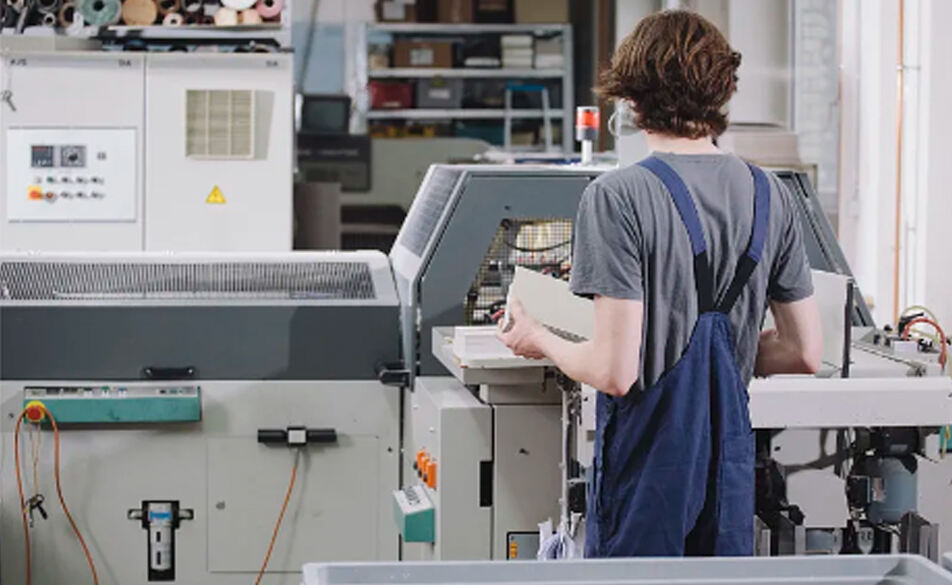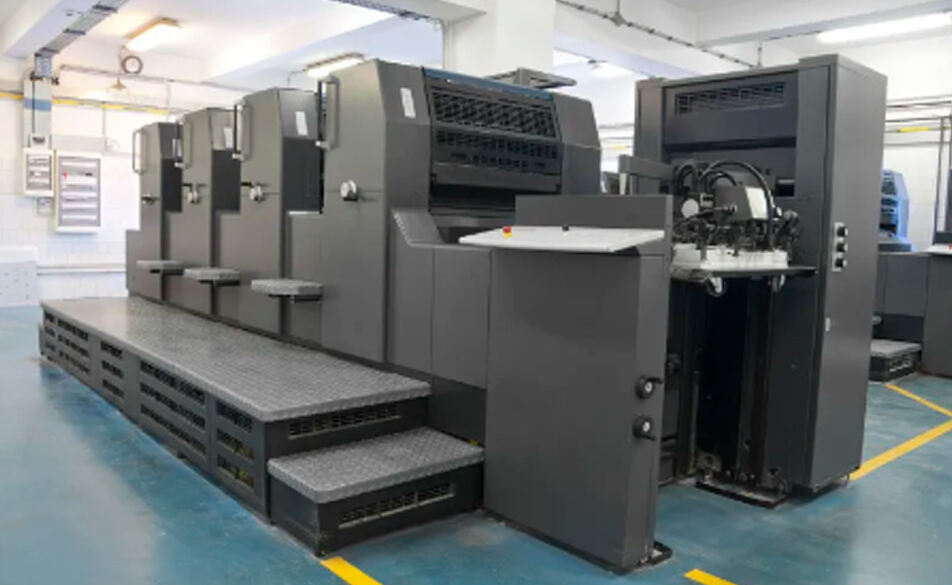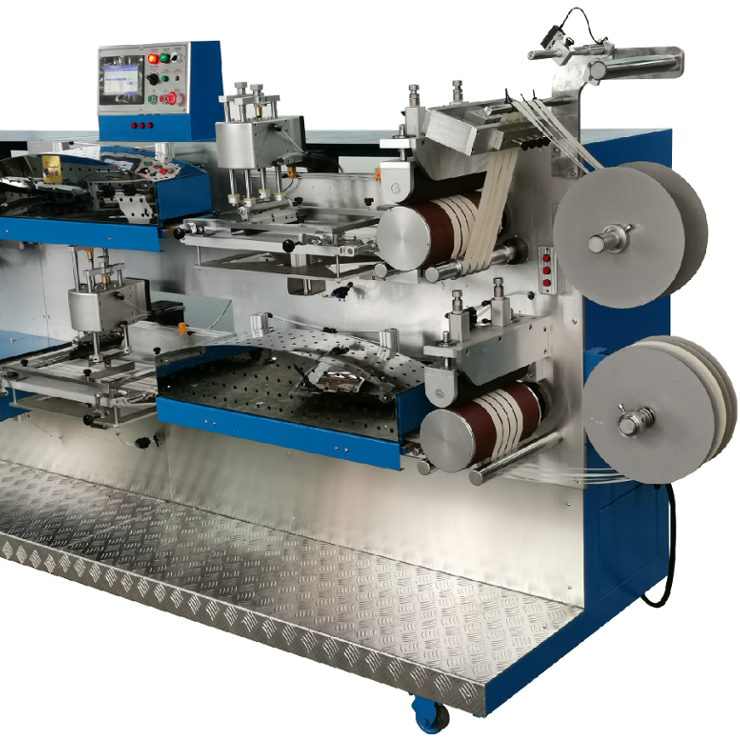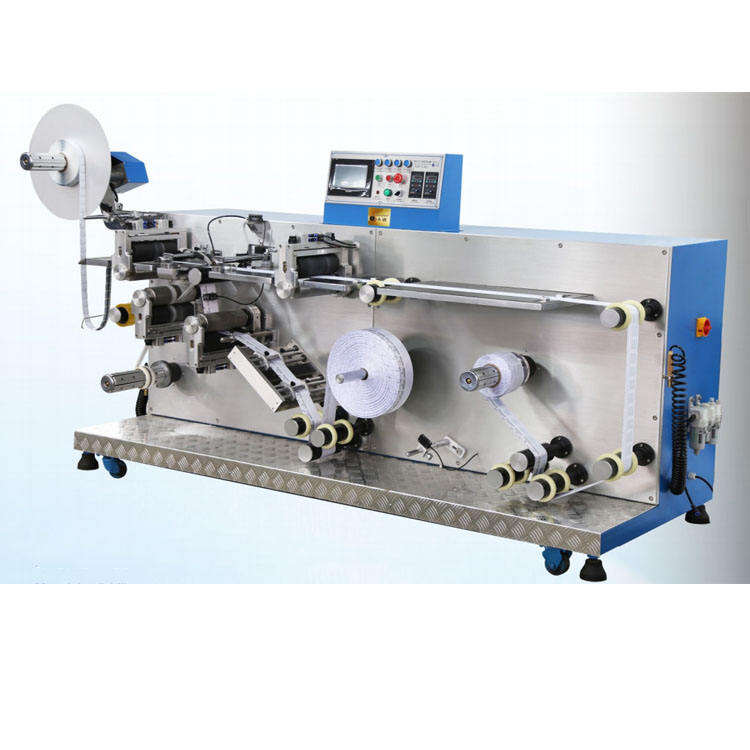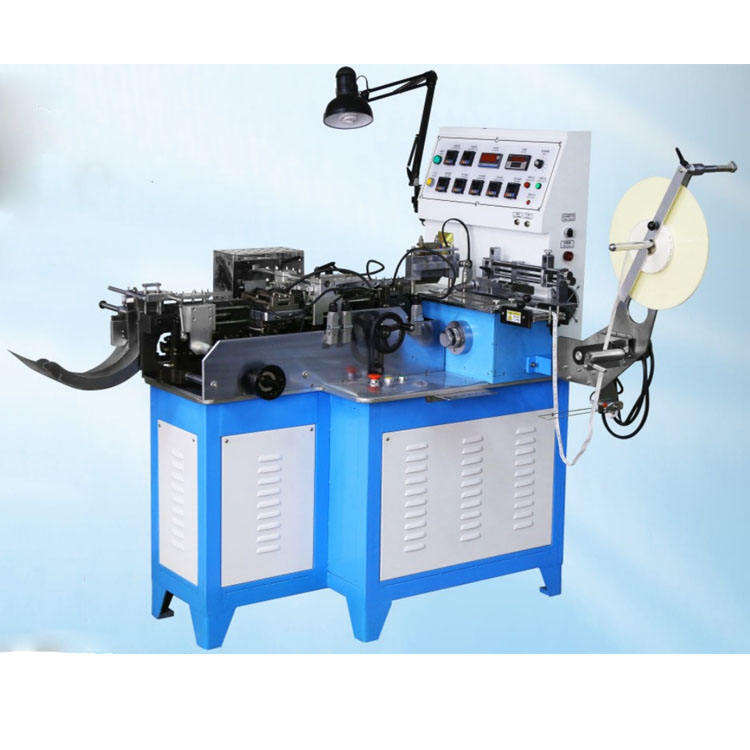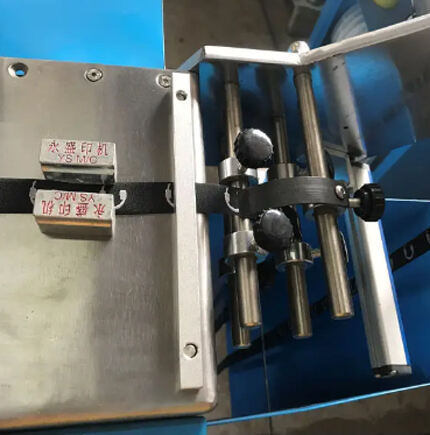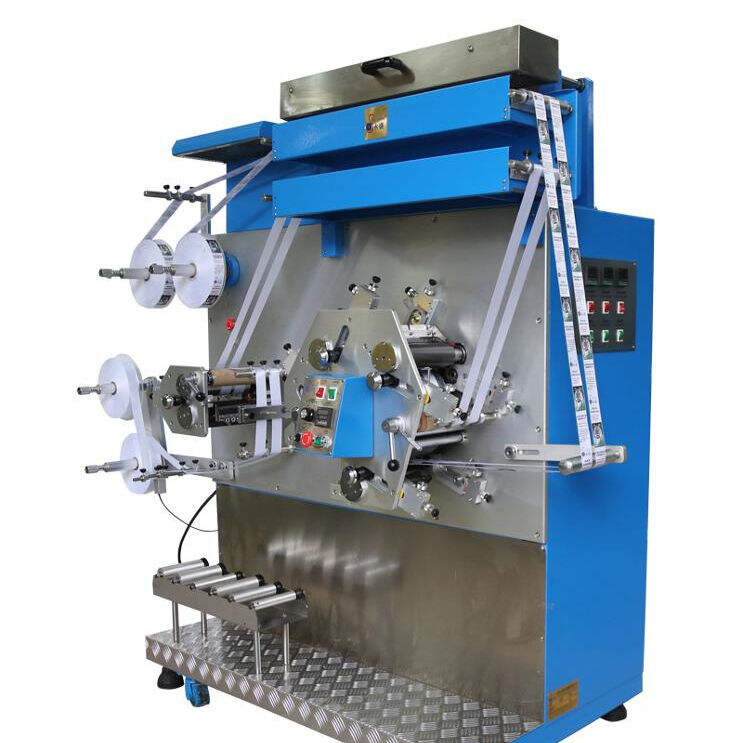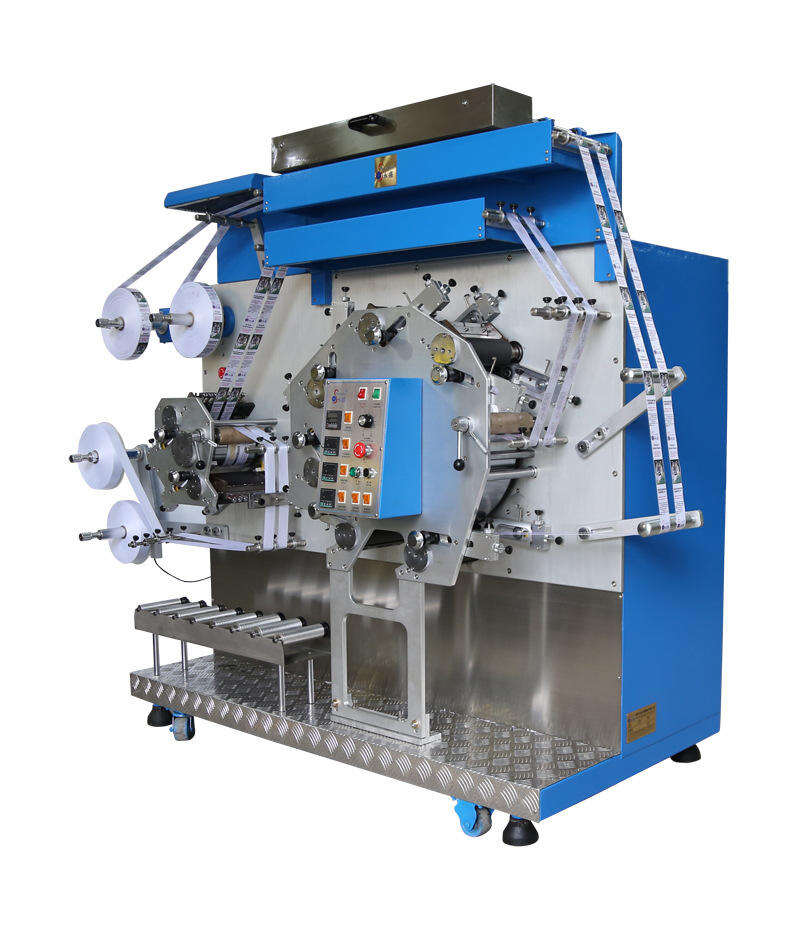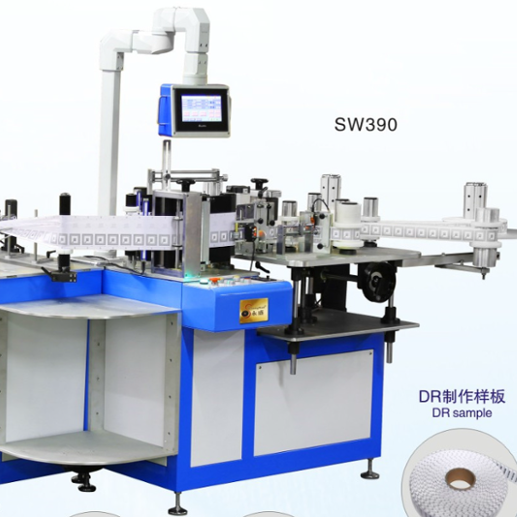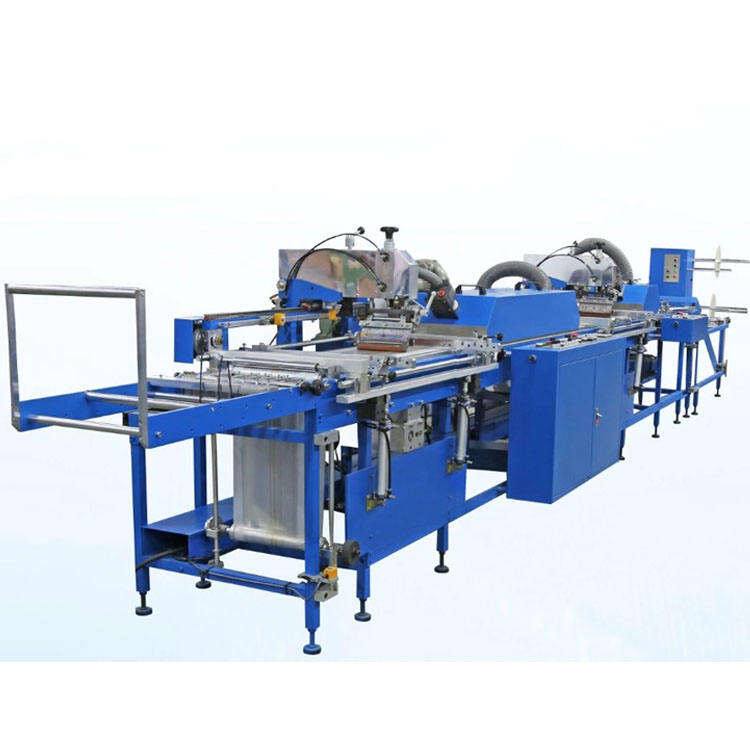The Digital Printing Revolution: A Case Study in Modern Publishing
Introduction The printing press has been a cornerstone of knowledge dissemination since its inception. However, the digital age has ushered in a new era for the printing industry, with digital printing machines leading a revolution that is transforming the publishing landscape.
Background Traditional printing methods, such as offset printing, have dominated the industry for years. These processes involve creating plates to transfer ink onto paper, which is efficient for large runs but costly and time-consuming for smaller batches.
The Advent of Digital Printing Digital printing machines have changed the game by enabling direct printing from digital files to paper, bypassing the need for plates. This technology offers several advantages:
Efficiency: Digital printers can switch between jobs quickly, reducing setup times and costs.
Customization: They allow for easy customization, making short runs of personalized materials feasible.
On-Demand Printing: Publishers can print exactly the number of copies needed, minimizing waste and storage costs.
Impact on the Market Digital printing has democratized the publishing process, allowing small publishers and independent authors to print high-quality materials at a fraction of the cost. This has led to a surge in self-publishing and niche publications that cater to specific audiences.
Case Study: Embracing Change A mid-sized publisher faced declining sales due to the high costs of traditional printing methods. By investing in a state-of-the-art digital printing machine, they were able to pivot to a print-on-demand model. This shift not only reduced their inventory costs but also allowed them to offer a wider range of titles, including limited editions and customized books.
Challenges and Opportunities The transition to digital printing is not without its challenges. The initial investment can be significant, and there is a learning curve associated with operating the new machinery. However, those who embrace this technology can reap substantial rewards, tapping into new markets and meeting the growing demand for personalized content.
Conclusion The case study illustrates the transformative power of digital printing machines in the publishing industry. By adopting this technology, publishers can stay competitive in an ever-evolving market and continue to meet the diverse needs of readers worldwide.

 EN
EN
 AR
AR
 CS
CS
 DA
DA
 NL
NL
 FI
FI
 FR
FR
 DE
DE
 EL
EL
 HI
HI
 IT
IT
 JA
JA
 KO
KO
 PL
PL
 PT
PT
 RO
RO
 RU
RU
 ES
ES
 SV
SV
 IW
IW
 ID
ID
 VI
VI
 SQ
SQ
 HU
HU
 MT
MT
 TH
TH
 TR
TR
 AF
AF
 GA
GA
 BN
BN
 BS
BS
 LO
LO
 LA
LA
 MI
MI
 MN
MN
 NE
NE
 MY
MY
 KK
KK
 UZ
UZ
 KY
KY
